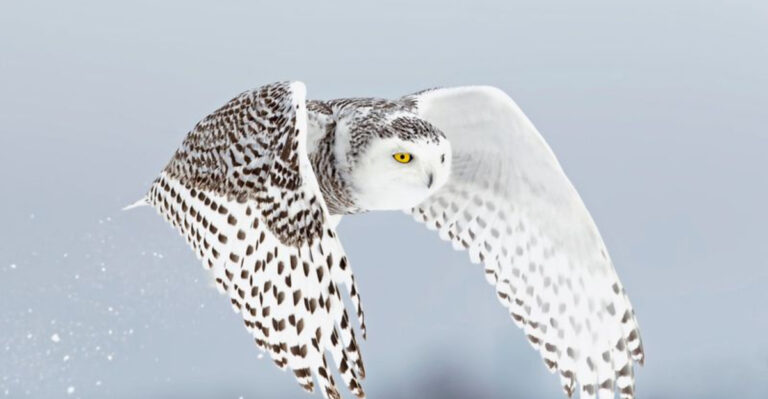15 Ways The African Grey Parrot Uses Mimicry For Survival
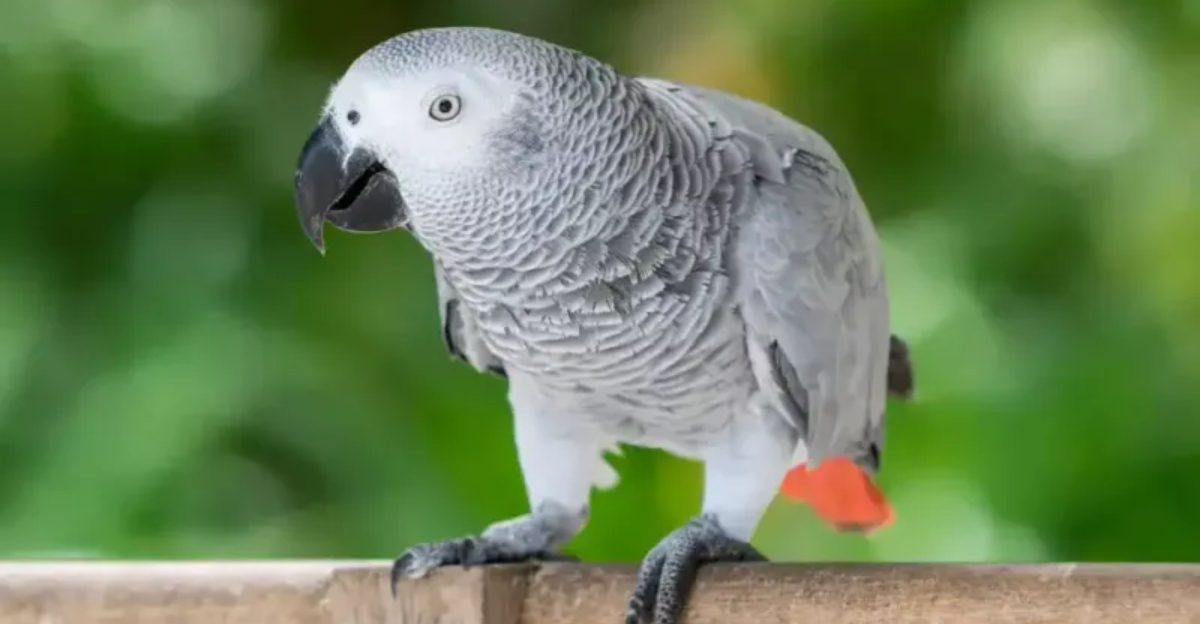
Everybody loves a good impressionist, right? Well, nature’s very own master of mimicry, the African Grey Parrot, uses its uncanny ability to imitate sounds not just for fun, but as a clever survival strategy.
Mastering voices, sounds, and even environmental noises, this bird uses mimicry in a variety of fascinating ways to navigate its jungle world, make friends, avoid enemies, and sometimes even baffle its human companions.
1. Mimicking Predator Sounds
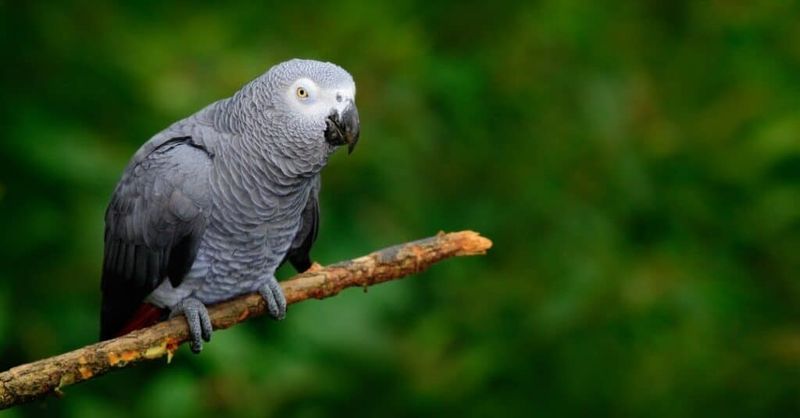
What’s scarier than a hawk’s screech echoing through the trees?
Not much, at least if you’re a small bird or a rodent. African Grey Parrots have learned the art of mimicry to replicate the calls of predators, keeping unwanted guests away from their territory.
With this clever trick up their sleeve, they can enjoy a little peace and quiet in their leafy homes. Who knew being a copycat could be so effective?
2. Imitating Human Speech
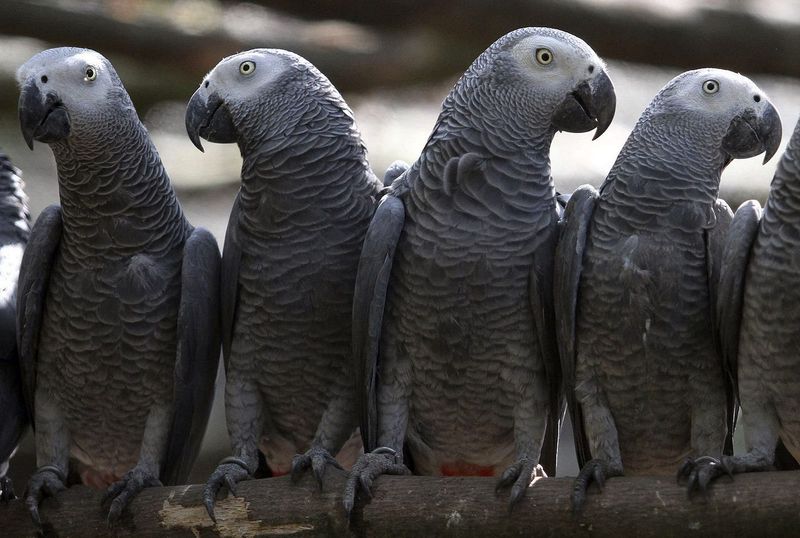
Ever felt like someone’s listening in on your conversations? If you own an African Grey, that might just be true!
These parrots are not only great at copying human words, but they also use this skill to bond with their human flock.
Imitating human speech allows them to fit in, strengthening their social ties. It’s like having a feathery family member who always has something to say!
3. Recreating Environmental Sounds

Picture this: the gentle patter of rain in the rainforest, only it’s coming from a parrot! African Greys mimic environmental sounds like rainfall to blend into their surroundings.
This ability helps them avoid detection from predators, letting them stay safe while adding a bit of ambiance to the jungle. It’s like having a nature sound machine right in the treetops!
4. Mimicry For Social Interaction
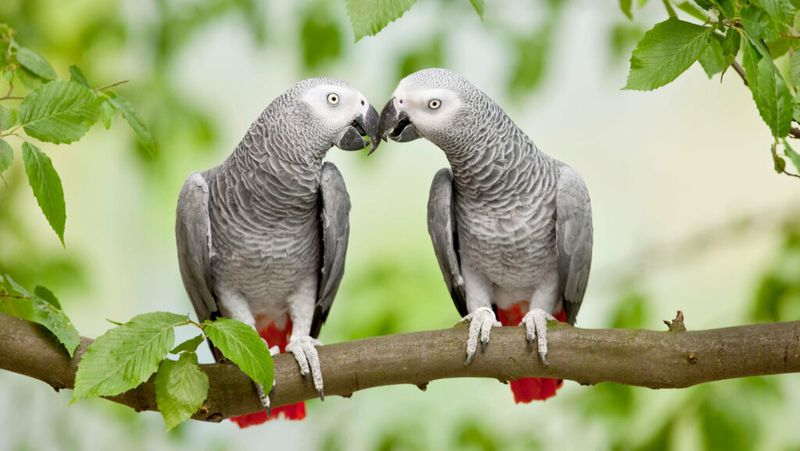
Who needs social media when you can mimic calls to socialize? African Grey Parrots use mimicry to communicate and bond with other birds.
This talent helps them form stronger social networks, which can be crucial for survival. It’s like being the life of the feathered party, making friends with every tweet and chirp!
5. Confusing Predators With Multiple Calls
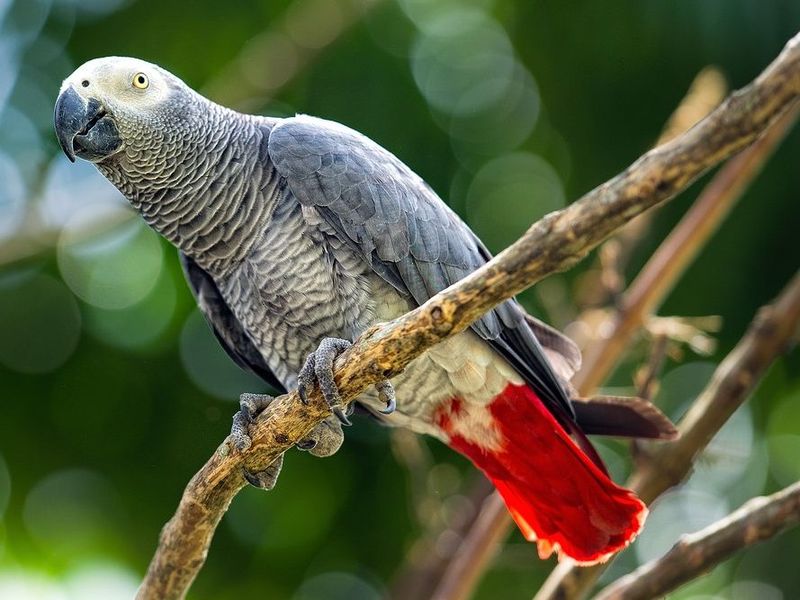
Imagine being a predator and hearing ten different bird calls at once. Confusing, right? That’s exactly what African Greys aim for!
By mimicking multiple bird calls, they can bewilder predators, making it harder for them to pinpoint the parrot’s location. This trick is like throwing off the enemy’s GPS—who wouldn’t want that advantage?
6. Attracting A Mate
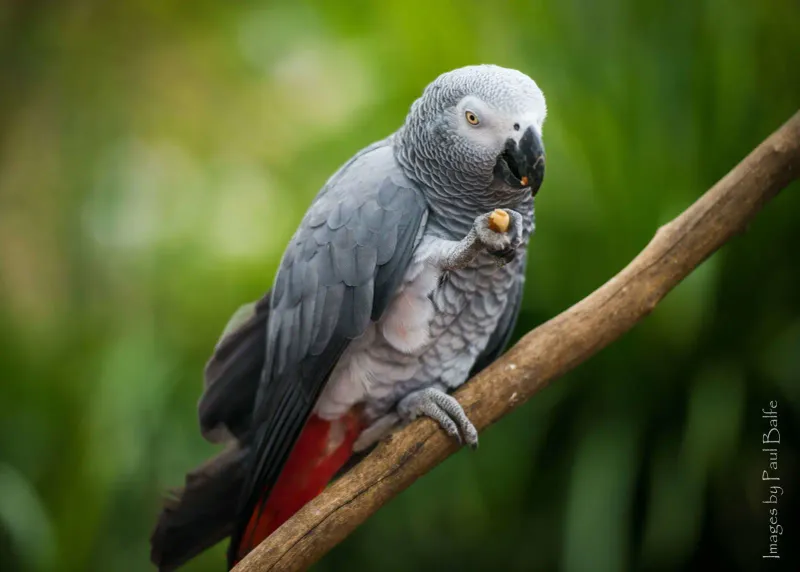
What better way to woo a potential mate than with a serenade of perfect mimicry? African Greys can use their vocal talents to impress and attract a partner.
Mimicking sounds that appeal to their chosen one gives them the opportunity to set the mood for romance. It’s like having a playlist of love songs tailored just for them!
7. Learning From Human Trainers
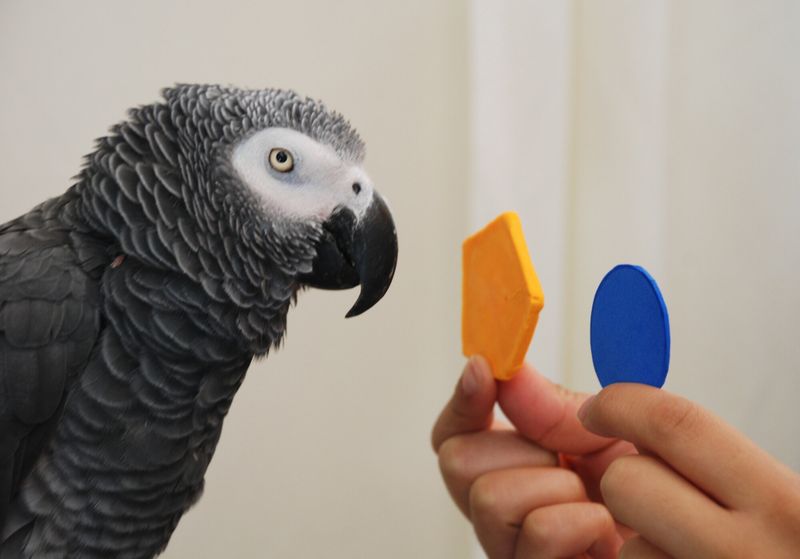
Ever thought a parrot could attend school? African Greys learn mimicry from human trainers, absorbing sounds and speech with astonishing precision.
This educational relationship helps them develop their vocal skills, ensuring they have an impressive repertoire to use in the wild. It’s like having a personal tutor in the art of sound!
8. Warning Friends And Family
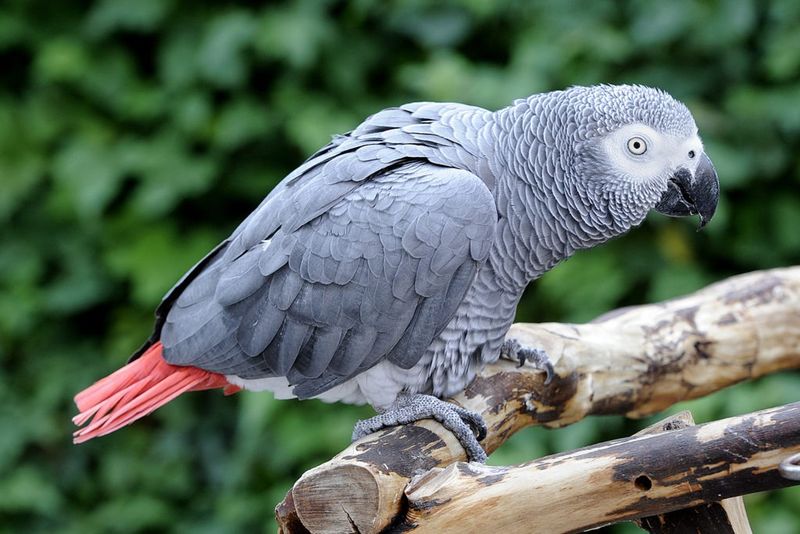
Sound the alarm, literally! African Grey Parrots use mimicry to warn their flock of impending danger. By imitating warning calls, they can alert their friends and family, giving everyone a chance to take cover.
This ability to act as the lookout makes them invaluable members of their community. It’s like having a living, breathing warning system perched up high!
9. Teaching Young Parrots

Passing down knowledge is key for survival, and African Greys do this through mimicry. Adult parrots teach the young ones which sounds to replicate, helping them learn essential survival skills.
It’s akin to passing down a family cookbook, only this one’s filled with sounds and calls!
10. Creating Bonding Rituals
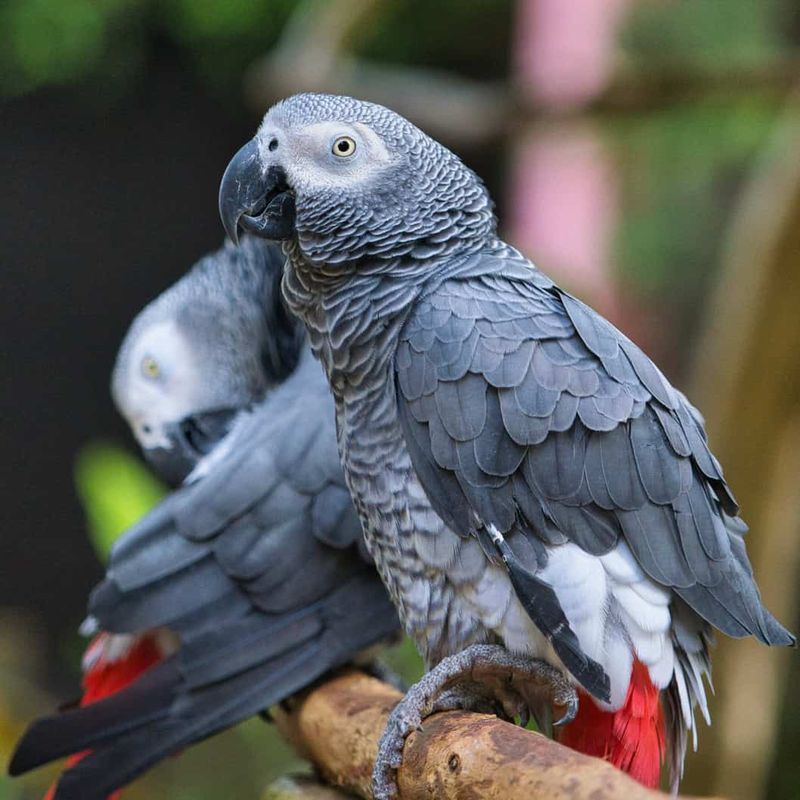
Nothing says ‘I care about you’ like sharing a synchronized song. African Greys engage in bonding rituals by mimicking each other, reinforcing social ties and community spirit.
These vocal exchanges are vital for maintaining strong group connections and ensuring everyone feels part of the family. It’s like a musical family reunion in the wild!
11. Encouraging Play And Exploration
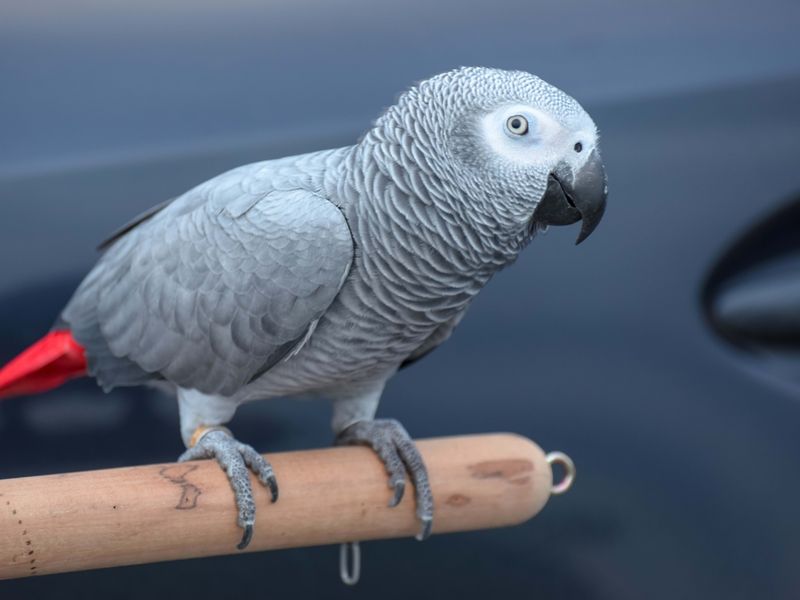
Have you ever seen a parrot initiate a game of hide and seek? African Greys use mimicry to encourage play and exploration among their peers.
By copying playful calls, they entice others to join in the fun, fostering a lively and curious environment. It’s like having a built-in playmate who always knows how to start a good game!
12. Adapting To New Environments

Moving to a new neighborhood? African Greys adapt by mimicking the local sounds, helping them blend in and avoid standing out.
This adaptability ensures they can thrive in various environments, whether it’s a bustling city or a tranquil forest. It’s like quickly picking up the local language wherever you go!
13. Distracting Potential Threats
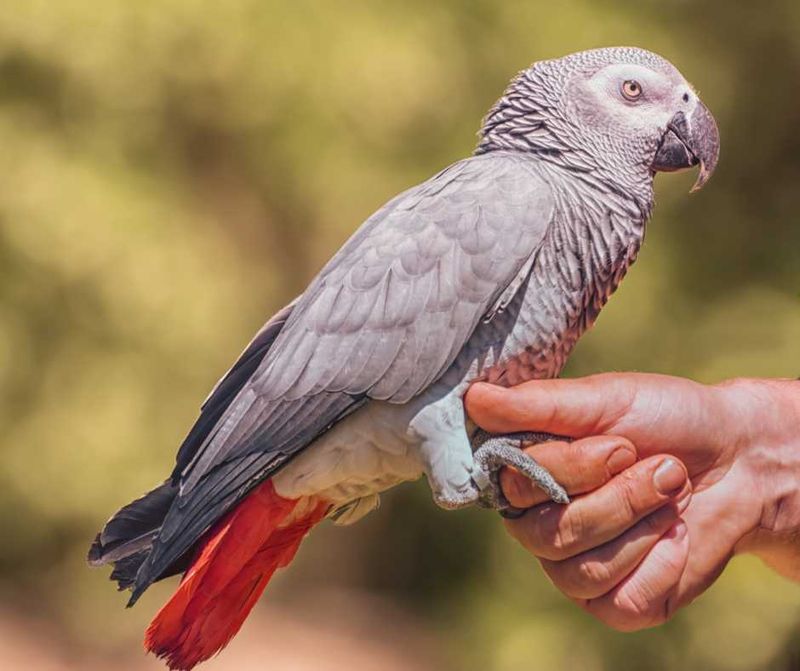
Need a quick escape? African Greys use mimicry to distract potential threats, giving them a chance to slip away unnoticed.
By imitating confusing or startling sounds, they can divert attention and make a sneaky getaway. It’s like pulling off the perfect distraction in a high-stakes game of hide and seek!
14. Enhancing Problem-Solving Skills
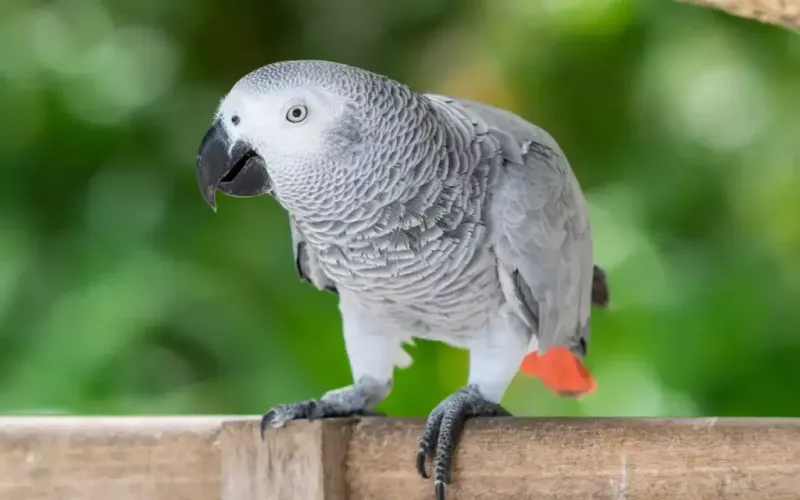
Got a puzzle to crack? African Greys enhance their problem-solving skills through mimicry, learning from their environment and experiences. T
his ability to adapt and learn from auditory cues sharpens their wits, making them clever survivors. It’s like having a brainy bird that uses sound as a tool for success!
15. Fostering Communication Skills
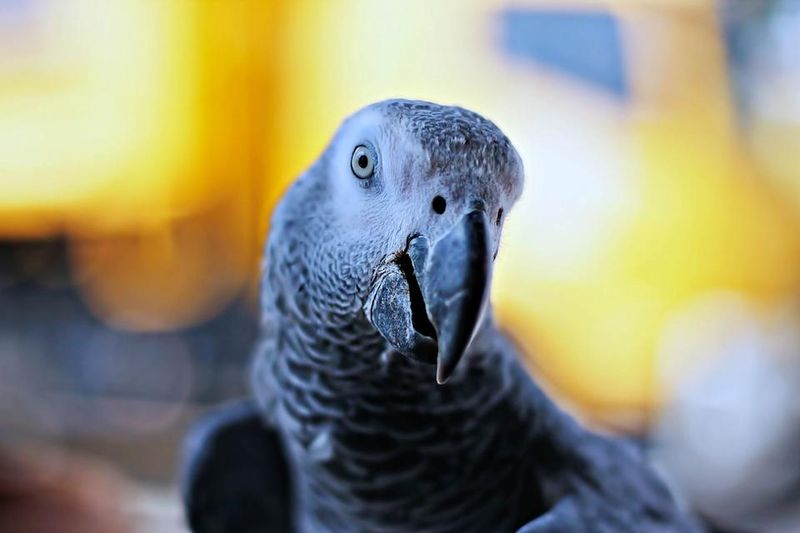
Communication is key, and African Greys master it through mimicry. By imitating various sounds, they enhance their communication skills, creating a rich tapestry of vocal interaction with others.
It ensures they can convey messages effectively, whether it’s a call for help or a friendly greeting. It’s like being fluent in the universal language of sound!





